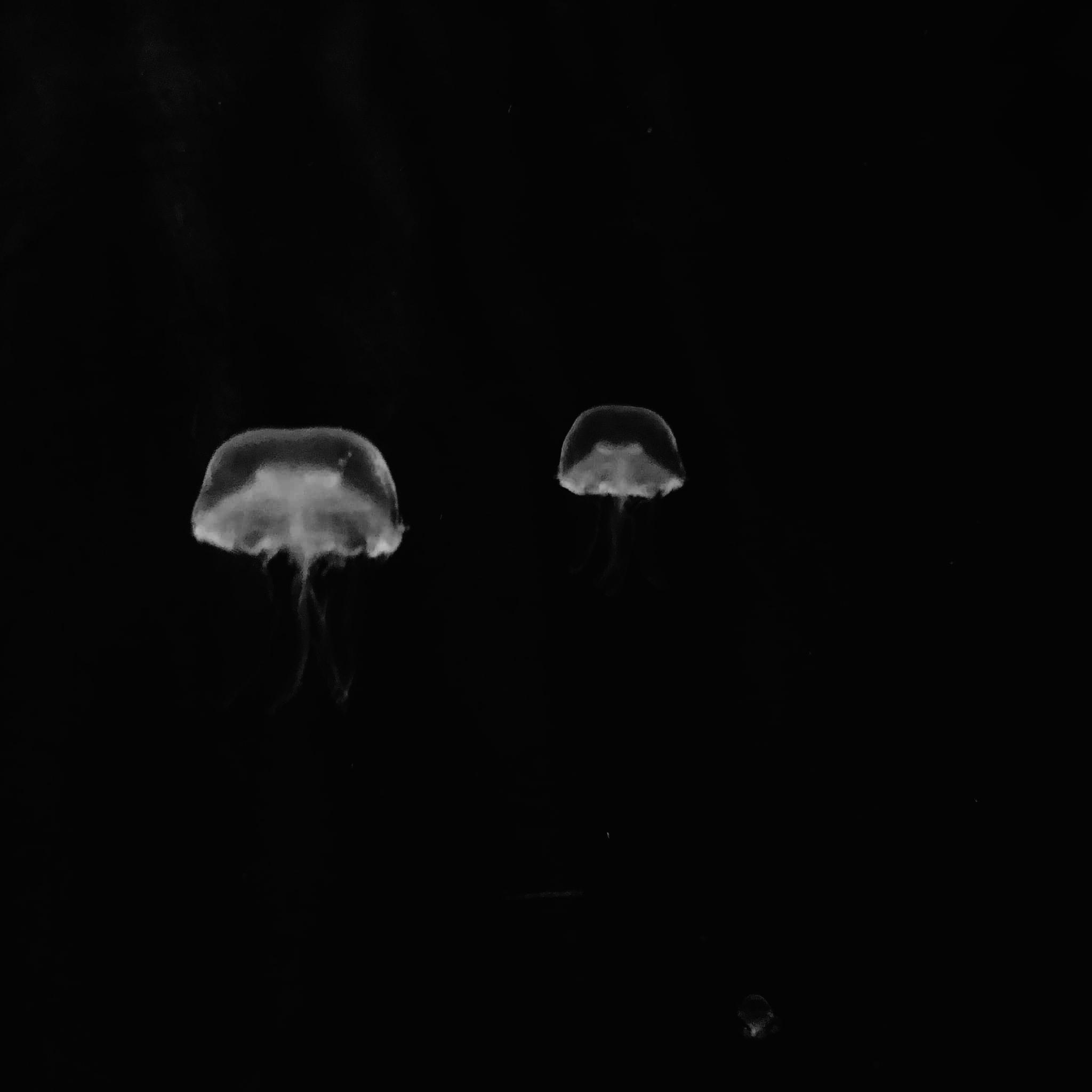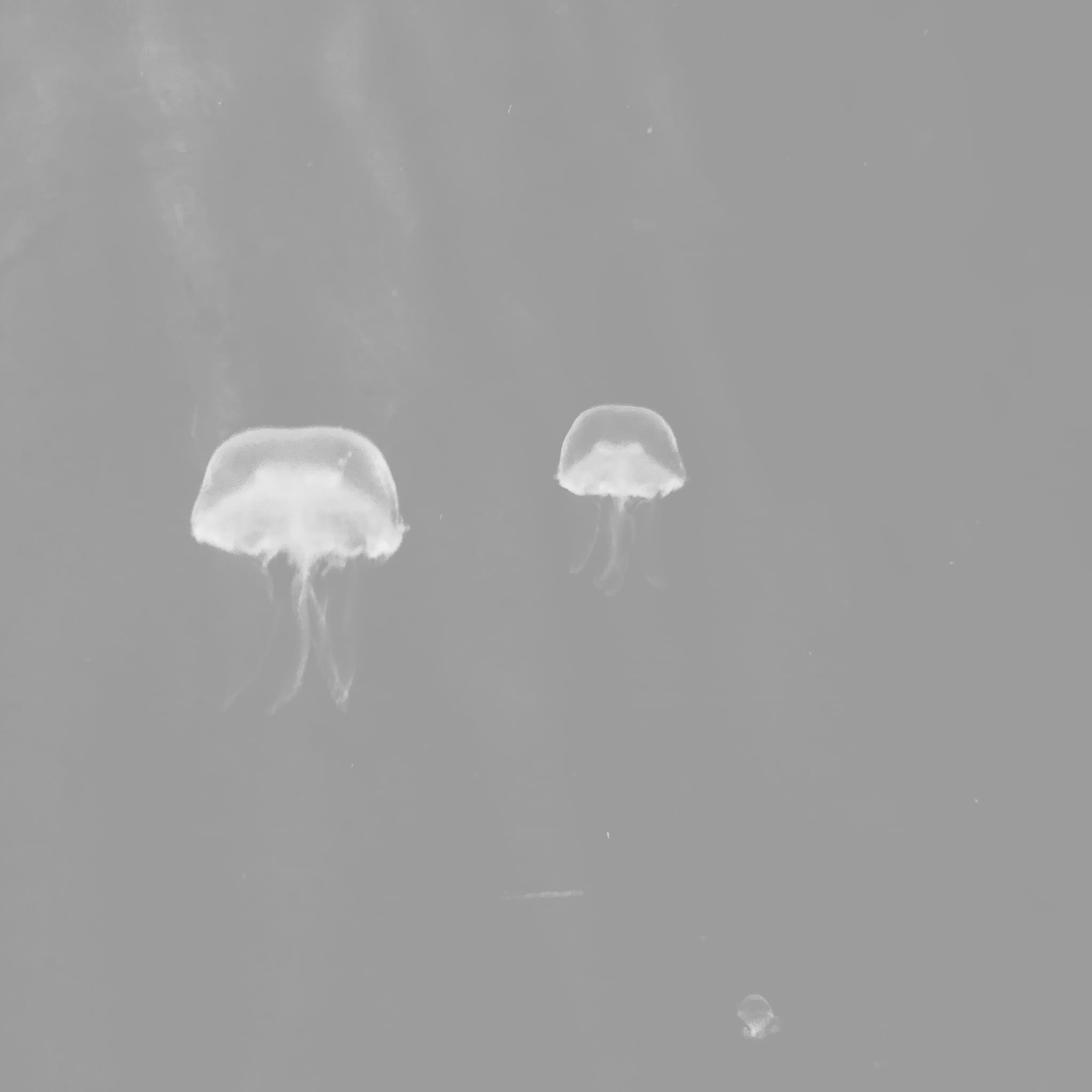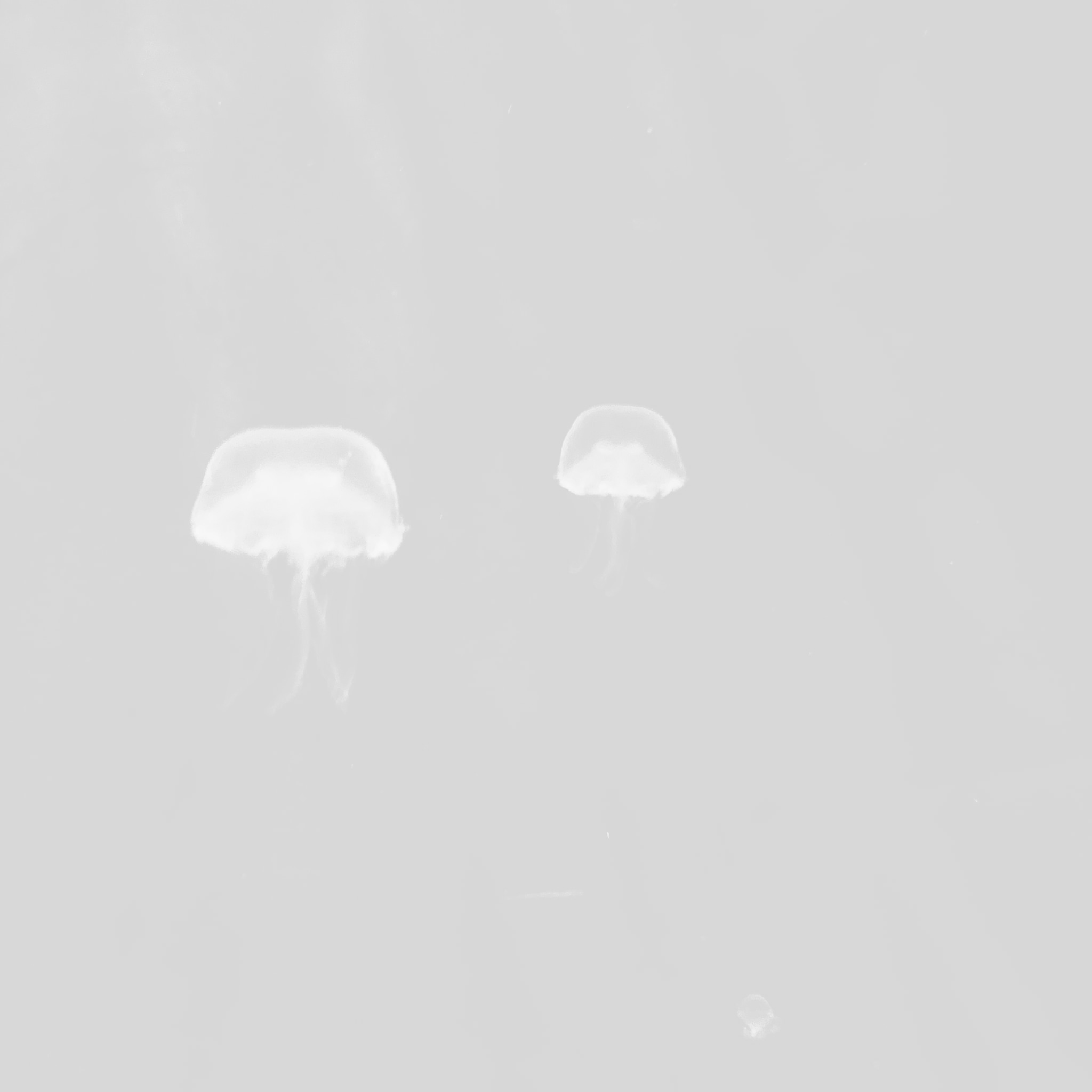





Where Does Beauty Come From?
It is quiet in the house. Everybody has finally fallen asleep. It has been a long night with loud music and voices. She gets out of her bed and puts on her sandals. Bare feet. Shorts and a t-shirt. A thin cardigan. She slowly slips down the stairs to the bathroom. Brushes her teeth. Hair in a pony-tale. She takes her little, black notebook and the binoculars in her hands. The binoculars that she got from her grandparents for her tenth birthday. Her grandfather with all the birds in his garden; parrots, canaries, parakeets, cockatiels, hens, chickens, and eggs. She sneaks out the door, down the path through the garden, and out on the street. All the villas are sleeping. She is alone, walking towards the nearby forest.
The forest is green. It consists of mostly pine trees. Tall, old trees. Ancient, primaeval forest. Now it is spring. The sun sneaks through the denseness. Glimmering as the mild breeze gently moves the leaves. The birds are singing to attract mates and make territories. A bird calls. She calls back. Her voice echoes through the forest. Then total silence. She can only hear her heart beating. After a while, the bird answers. Contact. She continues with vigilance. The trail that she walks curves through the landscape, sometimes to the left, to the right, up and down. It is soft, dry soil, filled with fallen pine needles from the trees. She pretends to be an elf, moving with playful lightness in her steps over stumps and roots. On a wide, open, grassy meadow, she finds a soft spot to sit down on, surrounded by tall straws. She takes one straw into her mouth and chews on it while thinking. She writes in the notebook:
Saturday the 4th of April 1981. A green woodpecker. We sing together.

What do you see, and how do you see it?
For as long as I can remember, I have been a birdwatcher, a researcher, a memory collector. Observing my surroundings, spaces, places, and people. The light. The shadow. The neck of a person. Shoulders. A sigh. Followed by a deep breath. What words do not say, the body tells. Humans’ interactions, and emotions. Using my gaze has been a way of trying to understand and walk in the world.
Later, I discovered photography as a way to stay in my gaze. To collect memories, words, things, and images into a personal archive. My parents divorced when I was six. I tried to hold something together. At least myself. For me, photography is strongly connected to existence. As a language, as a source, a way to relieve, to be present, to focus, to investigate, to learn about life and others. To be compassionate. To enhance.
Where does beauty come from?
The abstract painter Agnes Martin once held a rose in front of her sister and asked,
“Do you think it is beautiful?”
“Yes,” the sister answered. Then Martin hid the rose behind her back and asked,
“Do you still think it is beautiful?”

This story made me reflect on beauty and the meaning it has had and still has in my life. Are we born with the notion of beauty? Or where does beauty come from? Does it stem from where, when, and by whom we are born? Is beauty an opinion, also divided into personal, subjective beauty and common, objective beauty? When we say to each other, “what a beautiful sunset.” People would mostly agree on this. Then we have something to talk easily about, without demanding too much of each other.
Beauty is also strongly connected to fear. It is breath-taking, strong, and powerful. And breakable at the same time. It can wane. In a span of a split second, we can lose something we love. Can beauty exist without ugliness? Both life and art consist of ugliness. Maybe there is a link between ugliness and fear because we find what we are afraid of, within ourselves or from the world around us, ugly. Still, we are fascinated by it and drawn towards it.
The way you see, is the way you walk in the world
Seeing is an ethical practice. In the article What is a view of nature? Reflections on view of nature as a concept, the Danish writer and scientist, Jens Christensen, writes:
” The way you see something, you treat it. As we look at another human being, such we treat it. As we see nature, so we treat it. The way we see ourselves, each other, and the world is laid down in rules and norms for the good, right way of acting. The relationship is twofold: The view of nature and the action with nature are mirrored in each other. The view of nature is the view of nature. But what is ‘nature’?”
Christensen, who among others, research Western ideas of ‘nature’, continues:
” If the view of nature is the view of nature, what is meant by ‘view’? Well, hardly just, so what reveals itself to our sense of sight – because what about the sense of hearing, the sense of smell, etc.? … the view of nature then only contained our immediate nature moods, what we experience in the present – or does the ‘sight’ also contain our experiences far beyond understanding, the interpretations that we make, the values that we attach, even our ideas or ideas in connection with the phenomena that are considered ‘nature’…?”

I grab my camera, and I photograph her. Then I get out of the cabin. Down the sloping hillside. I pass some familiar birch trees with their white, shimmering bark. I once kissed a giant, old redwood tree in the forest of northern California. Redwoods are not only the tallest, but also the largest living ”thing” on our planet, which also inspired the iconic American photographer Ansel Adams. I follow the little path to the water towards my secret beach. In the distance I hear the motor of a boat. And seagulls. Cloudless, blue sky. Smooth rock slopes lead down to the sea water. Lazy waves are rolling in from the boat. I take off all my clothes and lay down. Touching the warm stones with my forehead, hands, and my full body. Human skin touches the skin of earth.

In The Book of Touch, Professor of anthropology, David Howes, explores “the knowledge of the world one acquires through one’s skin”. Howes claims that every mark, cut, and scrape on our skin creates skin knowledge from collected experiences and memories. Howes is also interested in how the earth is seen to have a skin. For instance, in some mythological traditions, it is clear that “skins are for touching and that the skin of the earth therefore invites a tactile response”. Howes writes: “we have a skin-to-skin relationship with the earth: when we lie on it our skins meet and mingle with the skin of the world.”
When I got diagnosed with a chronic immune disease attacking my skin from within, I started studying the relationship between mental health and the physical body. In my work, I have always been interested in the connections between mind and body. How body language can be used to describe an inner state of mind and emotions. I started searching for neurons to visualize stress, anxiety, and depression. What do neurons look like? Can depression look beautiful? Can searching for and seeing beauty be a way to accept life and its struggles?
In the project Skin Studies, I investigate skin in a diversity of forms, ages, and relationships across all skin types from nature: Humans, fauna, and flora. A word, a thought, a touch, warm or cold sense sensations. As the largest organ, skin holds our body and mind together, embraces us, and protects us. It carries stories. Combining fact, documentary, and fiction. Using my own life, dreams, and memories as sources. Photography and artistic practice have helped me to hold on to, create, and reconstruct what was important to me in my own life and for my identity. It has been a way for me to take control of my own story.
When I was a child, I had the binoculars in my hands. As an adult I have the camera in my hands.

Aftermath
The final existing creatures on earth will probably be those living under water, in the depths of the sea. Do sea jellies have skin? Can they feel? Do they have memories?
[The jellyfish is composed of three layers: an outer layer (epidermis), a middle layer (mesoglea), and an inner layer (gastrodermis). An elementary net of nerves, allows jellyfish to smell, discover light, and respond to other stimuli. Instead of a single, centralised brain, jellyfish possess a body wide network of nerves that communicate with each other, allowing them to detect touch, temperature, salinity, and more. Scientists have discovered that jellyfish can change their behavior based on previous experiences.]
What will remain when we are gone? How will beauty be remembered then? What will be the last image of beauty?
My body slowly breaks the water crust, entering the cold sea water.
I let myself sink under the water.
I want to disappear into the deep.
You. Me. Water. Skin.
Everything.
Nothing.

Literature Adams, Robert, Beauty in Photography, 2005 Anzieu, Didier, The Skin- Ego, imprinted by Routledge, 2018 Berger, John, Ways of Seeing, Pengiun Books, (1972), 2008 Christensen, Jens, https://vbn.aau.dk/da/publications/hvad-er-et-natursyn-refleksioner-over-natursyn-som-begreb, 2008 Eco, Umberto, On Beauty, Quercus Publishing, 2010 Eco, Umberto, On Ugliness, MacLehose Press, 2011 Hogarth, William, The analysis of beauty, 2015 Hegel, G.W.F, Hegel’s Aesthetics, Lectures on Fine Art, Oxford University Press, 1998 Howes, David. Skinscapes: Embodiment, Culture and Environment, in The Book of Touch, ed. Classen, Constance, Oxford: Berg, 2005 Iversen, Margaret, Photography, Trace and Traum, The University of Chicago Press, 2017 Jung, C. G, Psychology and Alchemy, Princeton University Press, 1968 Knausgård, Karl Ove, Ansiktets Bakside, Essay in the book Nakker by Thomas Wakström, 2014 Lafrance. Marc, Skin Studies: Past, Present and Future, https://doi.org/10.1177/1357034X18763065, 2018 Larsson, Erika., Att se empatiskt - Samtida fotografiers möte med globaliserade rörelser, samspel och konflikter, 2013. Martin; Agnes, Writings, Cantz Verlag, 1991 Næss, Arne, Økologi, samfunn og livsstil. Universitetsforlaget Oslo – Bergen – Tromsø, Norge, 1976 Saint-Exupéry, Antoine, Le Petit Prince (The Little Prince), Reynal & Hitchcock, 1943 Sartre, Jean-Paul, Sketch for a theory of the emotions, Taylor and Francis, 2. Ed., 2001 Sontag, Susan, An argument about beauty, Daedalus Fall 2005, MIT Press Woolf, Virgina, A Room of One’s Own, Hogarth Press, 1929 https://oceanservice.noaa.gov/facts/jellyfish.html https://www.science.org/content/article/no-brain-no-problem-jellyfish-learn-just-fine